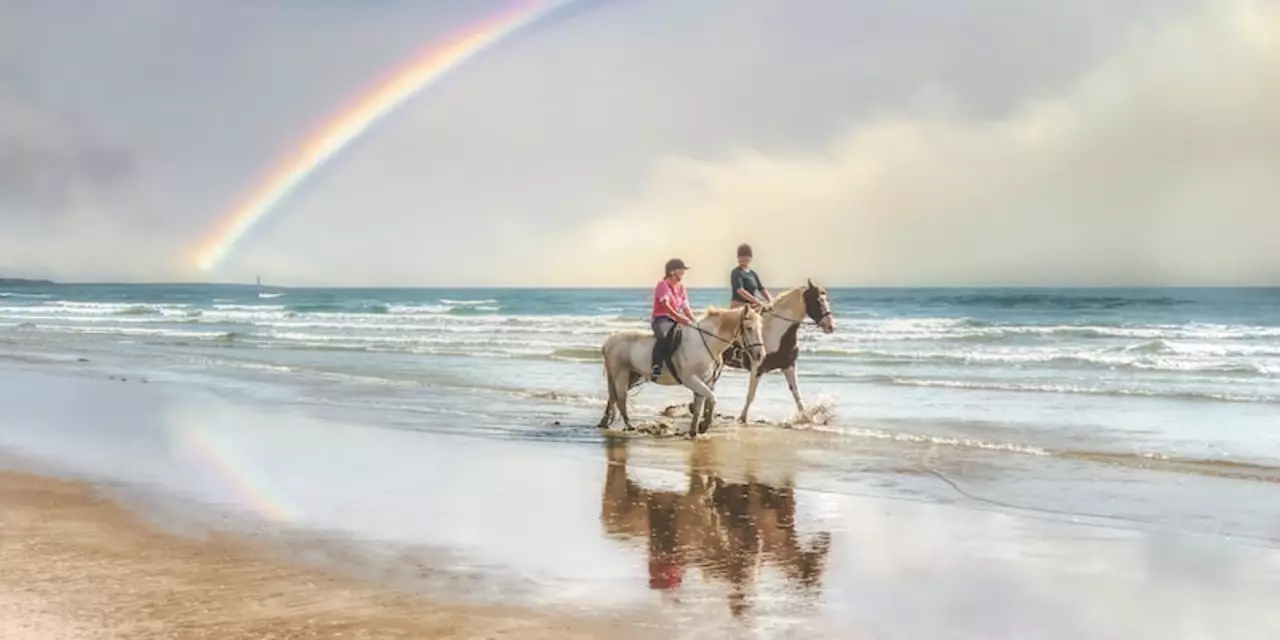Equestrian Essentials: What Every Rider Should Know
Ever wonder why the word equestrian pops up everywhere from fashion blogs to sports channels? It’s because horseback riding blends sport, skill, and a unique bond with a living partner. Whether you’re just getting your first lesson or you’ve been in the saddle for years, there are a few basics that can make your ride smoother, safer, and more enjoyable.
Quick Safety Wins
First up, safety. The single biggest thing you can do is wear a certified riding helmet. A good helmet absorbs impact and can be the difference between a bruise and a serious injury. Even if your local rules don’t force you to wear one, most trainers will insist on it after the first fall.
Next, check your tack before every ride. Make sure the saddle sits level, the girth is snug but not choking, and the stirrups are the right length. A poorly fitted saddle can cause sore backs for both you and the horse.
Gear on a Budget
Quality riding clothes don’t have to break the bank. Brands like TuffRider, Ovation, and Saxon offer durable breeches, jackets, and gloves at reasonable prices. Look for reinforced knees and breathable fabrics—they’ll last longer and keep you comfortable during long sessions.
If you’re hunting for the cheapest options, keep an eye on sales at equestrian outlets or check second‑hand groups. You can often find lightly used boots and helmets that still meet safety standards.
Beyond gear, consider a few training tools that boost skill without a big time commitment. A lunge lesson—where the horse moves in a circle on a long line while you work on balance—helps you refine posture without the distraction of steering. It’s a low‑stress way to improve core strength and riding feel.
Parents often ask if horseback riding is good for kids. The answer is a resounding yes. Riding builds balance, coordination, and confidence. Kids learn responsibility by caring for the horse’s tack and feeding schedule, and the rhythmic motion can even help with concentration in school.
Ever thought about riding to school? Some rural areas allow it, but you’ll need to check local policies and make sure the horse is safely tethered during class. In most towns, it’s a cute idea but not practical, so a ride‑share with a friend’s horse or a weekly stable visit might be a better fit.
Lastly, remember that riding is a sport, not just a hobby. It demands strength, coordination, and mental focus. Regularly working on core exercises, leg stretches, and posture drills will keep you competitive, whether you’re aiming for a local show or just a fun ride in the park.
So next time you hear the term “equestrian,” think of it as a blend of safety, smart gear choices, and simple training steps that anyone can follow. Grab a helmet, tighten that girth, and enjoy the freedom that only a horse can provide.
Do you horseback ride?
Horseback riding is a popular leisure activity, allowing the rider to explore nature and experience a unique bond with their horse. In order to ride safely and comfortably, it is important to be properly kitted out with the correct clothing, footwear and safety equipment. There are many different types of riding styles and disciplines, such as show jumping and dressage, as well as riding for enjoyment. Horseback riding can be a great way to improve fitness and wellbeing, while also providing an enjoyable way to spend time in the outdoors. With the right knowledge and the right attitude, horseback riding can be a rewarding and enjoyable experience.
READ MORE